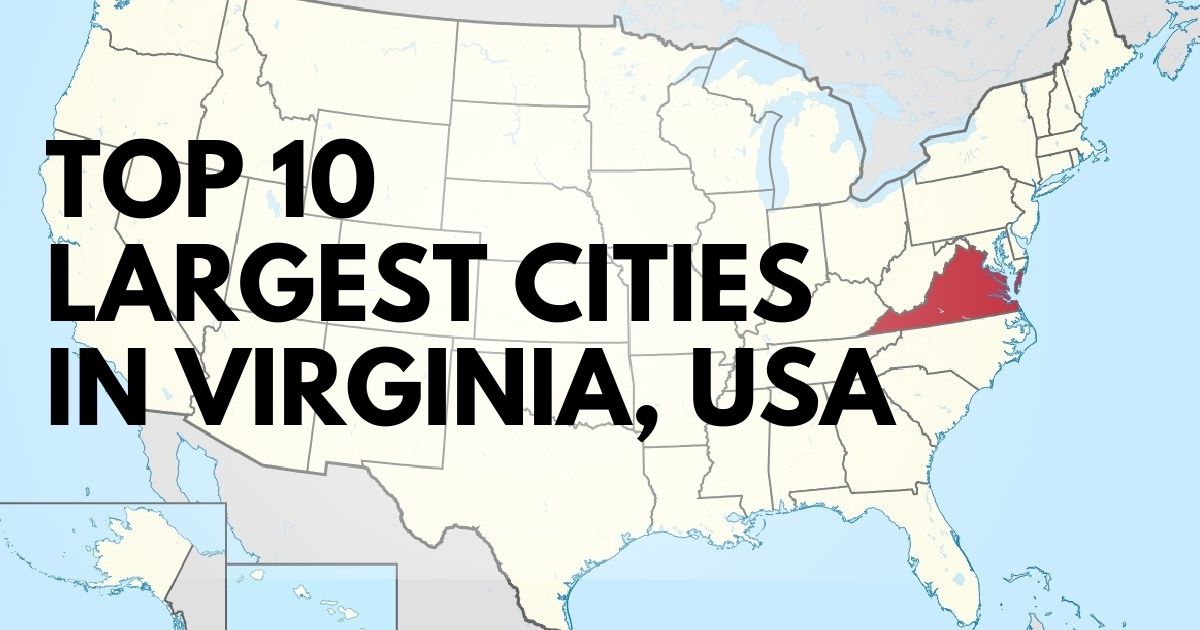Virginia is a nation endowed with natural beauty, historical events, and commercial growth. Cities in various regions feature heritage sites, flourishing enterprises, and cultural attractions. The population, distinctive features, and particularities of Virginia’s largest cities will be addressed and specified in this article.
10. Portsmouth

- Population: 97,029
- Area: 46.6 square miles
- Key Features: Historic waterfront, military roots, shipyards
Along the Elizabeth River in Norfolk, Portsmouth features a long coastal cultural asset. Historical waterfront and docks have historically connected Portsmouth to the United States Navy. The first of the nation’s oldest navy facilities lies in Portsmouth, strengthening the city’s military and shipping popularity.
The average age in Portsmouth is 35.3 years, and the typical household income is $46,340. Magnificent buildings and ocean views can be found in Portsmouth’s historical domain. Portsmouth is essential to Virginia’s seafaring and armed forces heritage.
9. Roanoke

- Population: 100,015
- Area: 43 square miles
- Key Features: Gateway to the Blue Ridge Mountains, cultural hub, healthcare industry
Roanoke is famous for its breathtaking scenery and sporting events in the Blue Ridge Mountains. With excellent educational opportunities, healthcare, and production; the city is southwestern Virginia’s commercial and social core. Outdoor enthusiasts, trekkers, and bicyclists cherish Roanoke’s landscape.
The community is growing because Roanoke is low-cost and has a vibrant cultural location. The average family’s income is $44,230, and the average age is 38.9. In addition to its outdoor charisma, Roanoke’s downtown area has the Taubman Museum of Art and several theatres.
8. Hampton

- Population: 138,037
- Area: 136.2 square miles
- Key Features: Coastal location, military presence, historical significance
Another Virginia Peninsula city, Hampton, has an intriguing past bringing origins across the early 1600s. It’s vital to the military and aviation fields due to Langley Air Force Airport and NASA’s Langley Research Institute. Hampton has amazing beaches and Chesapeake Bay oceanfront exposure.
The city has a typical household wealth of $51,000 and a lifespan of 36.8. Its armed forces, empirical studies, and tourism industry render Hampton an upstate leader. Cultural locations like the Hampton History Museum illustrate the city’s deep roots in American history.
7. Alexandria
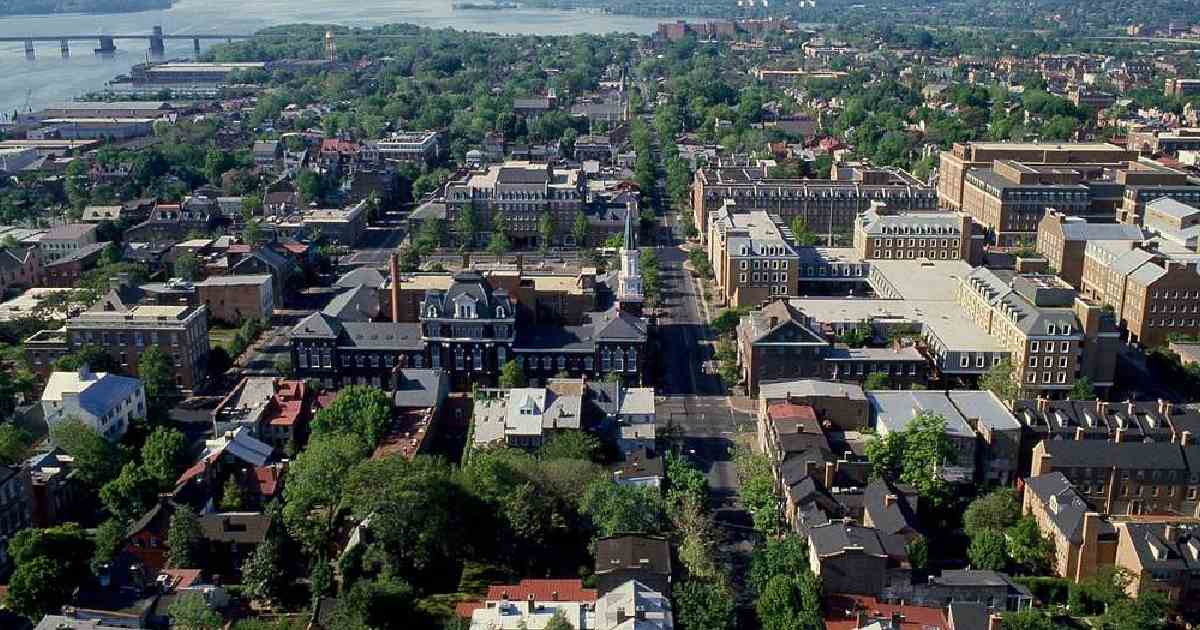
- Population: 155,525
- Area: 15.03 square miles
- Key Features: Historic charm, proximity to Washington D.C., high median income
Outside Washington D.C., adjacent to the Potomac River, is colonial Alexandria. Communities with well-maintained 18th- and 19th-century residences blend old-world opulence with contemporary amenities. Experts working in politics and associated fields like the proximity to the country’s capital.
The average age of people in the area is 36.6 years, while households generate an average salary of $100,939 annually. The cobbled sidewalks, luxury stores, and seafront taverns of Alexandria’s Old Town captivate guests and residents. This affluent Virginia city has an outstanding population density.
6. Newport News
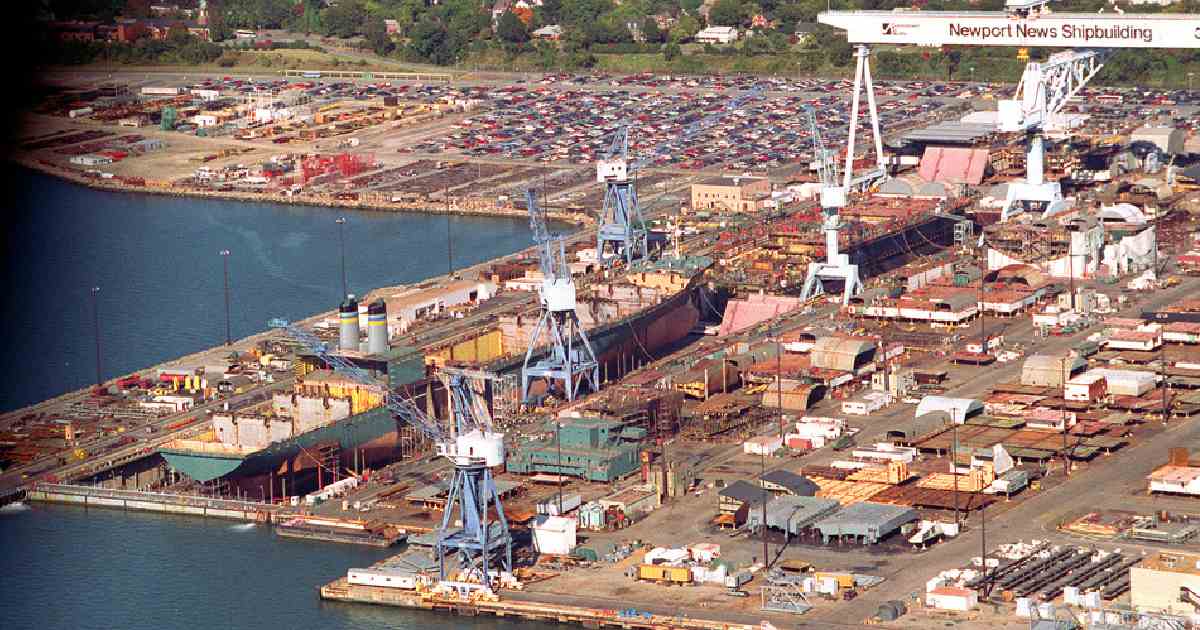
- Population: 184,306
- Area: 119 square miles
- Key Features: Shipbuilding industry, military presence, waterfront city
Newport News, located on the Virginia Peninsula, plays an important role in shipyards. Huntington Ingalls Industries, the largest U.S. military manufacturing company, constructs Navy fighter planes and torpedoes ashore. It is also advantageous that Newport News is near naval installations, facilitating community trade.
Newport News residents are typically 33.3 years old and earn an average salary of $52,000 every year. The city merges commerce and elegance with James River shoreline accessibility. The museums, playgrounds, and an expanding dining scene make it a historically significant city with a lucrative economy.
5. Richmond
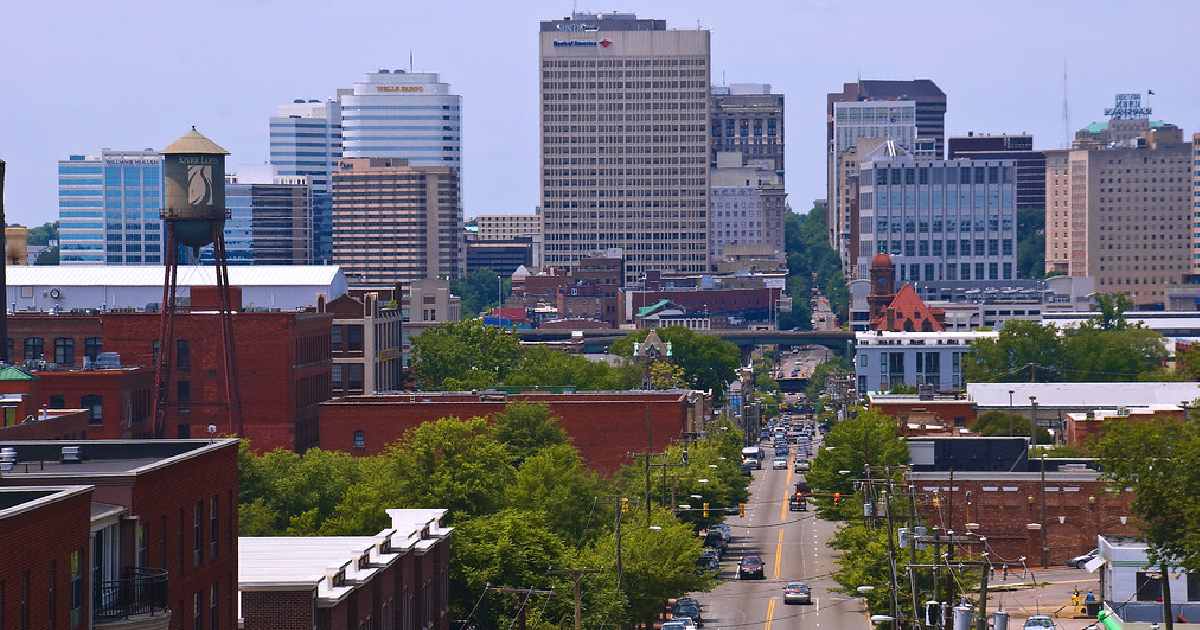
- Population: 229,395
- Area: 62.5 square miles
- Key Features: State capital, historical significance, diverse economy
Historical Richmond is the official capital city of Virginia and the centerpiece for the arts and politics in the territory it covers. Considering the days of colonialism, Richmond remained fundamental to both the American Revolution and the American Civil War. The lively city has an eclectic blend of historic elegance and contemporary conveniences.
Banking, legal, and healthcare industries reinforce Richmond’s development. Adults in the city are typically 34.7 years old and live on an average salary of $47,250 annually. Richmond is a renowned Virginia metropolis because of its dynamic arts scene, numerous green spaces, and vicinity to the scenic Blue Ridge Mountains.
4. Norfolk
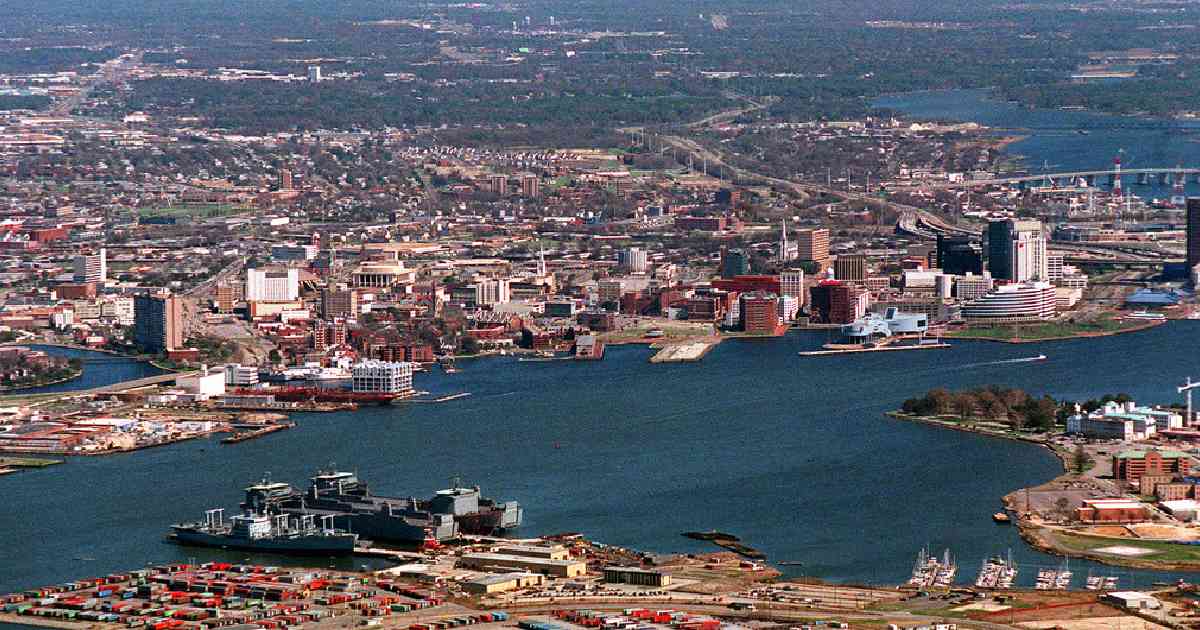
- Population: 238,001
- Area: 96 square miles
- Key Features: World’s largest naval base, diverse economy, waterfront living
Virginia’s largest and fastest-growing city, Norfolk resides in the military Station Norfolk, the world’s largest armed forces facility. With its location on the Chesapeake Bay, Norfolk has an extensive trade history and continues to be a major port for military and commercial vessels. Galleries like the Chrysler Museum of Art and the Virginia Opera boost the city’s heritage.
Norfolk’s commerce is dominated by the military, logistics, and universities. The city’s younger, active populace is reflected in its average household income of $51,000 and the typical age of 30.5. Norfolk’s coastal lifestyle and urban landmarks attract fresh graduates and pensioners.
3. Arlington
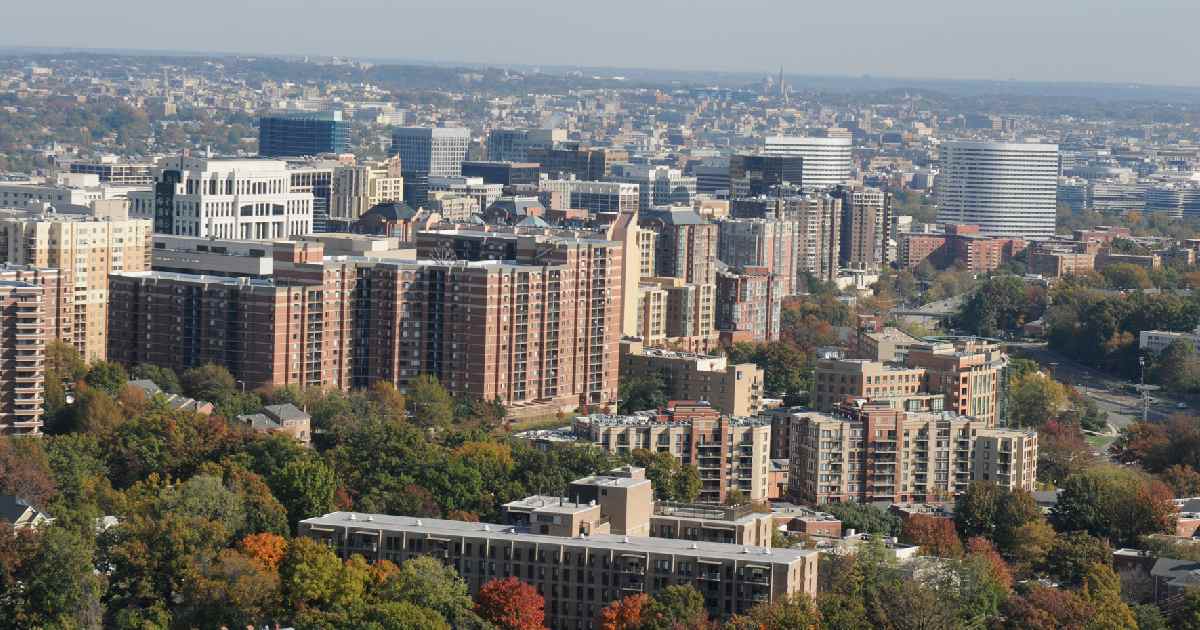
- Population: 238,643
- Area: 26 square miles
- Key Features: Proximity to Washington D.C., high population density, historical landmarks
In recognition of its population and growth in urban areas, Arlington has become known as a city regardless of remaining a county. Arlington, Virginia, is a significant federal hub along the Potomac River near Washington, D.C. Its proximity to the country’s capital has strengthened its financial sector, with security, technological advances, and diplomacy topping the employment market.
Arlington’s high population density indicates that most individuals live in condominiums and apartments. Its standard household income is $122,000, and the median age is 34.8, perhaps the most expensive in the state. Cultural landmarks like Arlington National Cemetery and the Pentagon make Arlington an integral town.
2. Chesapeake
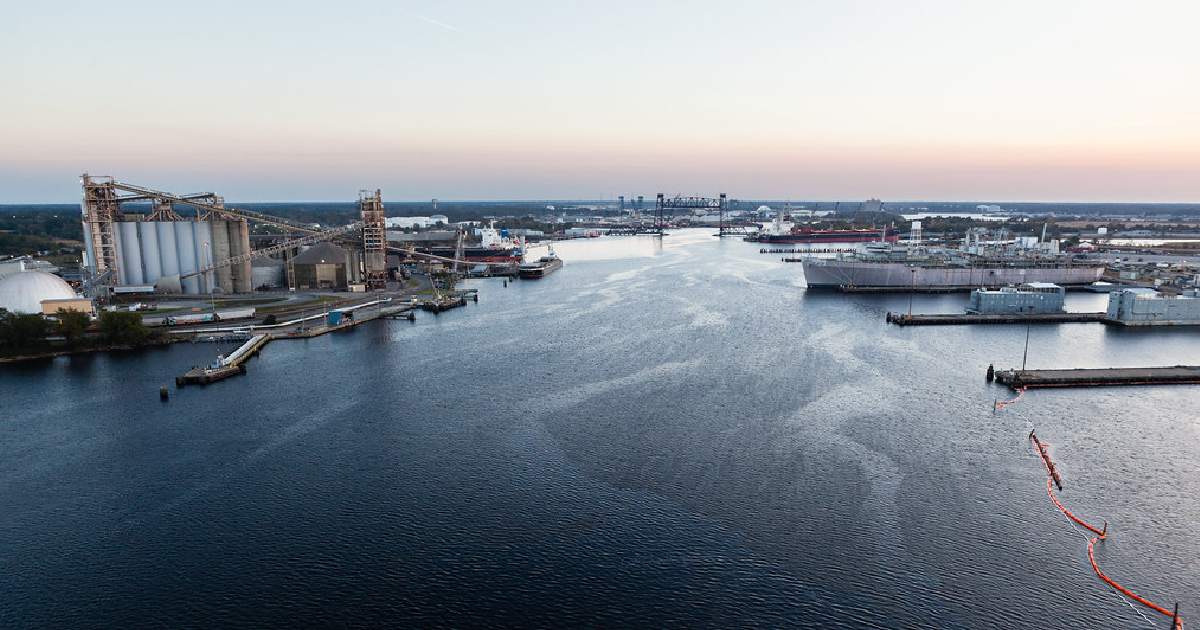
- Population: 252,488
- Area: 351 square miles
- Key Features: Vast suburban and rural areas, Great Dismal Swamp, strong economy
The second-largest city in Virginia is Chesapeake, and it is regionally varied. It invites families, employees, and nature lovers with its suburban, urban, and countryside surroundings. Great Dismal Swamp National Wildlife Refuge, with 112,000 acres of land, is a city monument.
The economic growth of Chesapeake is boosted by enterprises like retail, shipping, and agriculture. It’s one of Virginia’s wealthier populations, with a median family income of $83,000, exceeding the state average. Distance and accessibility to major cities like Virginia Beach make the area desirable to newcomers.
1. Virginia Beach
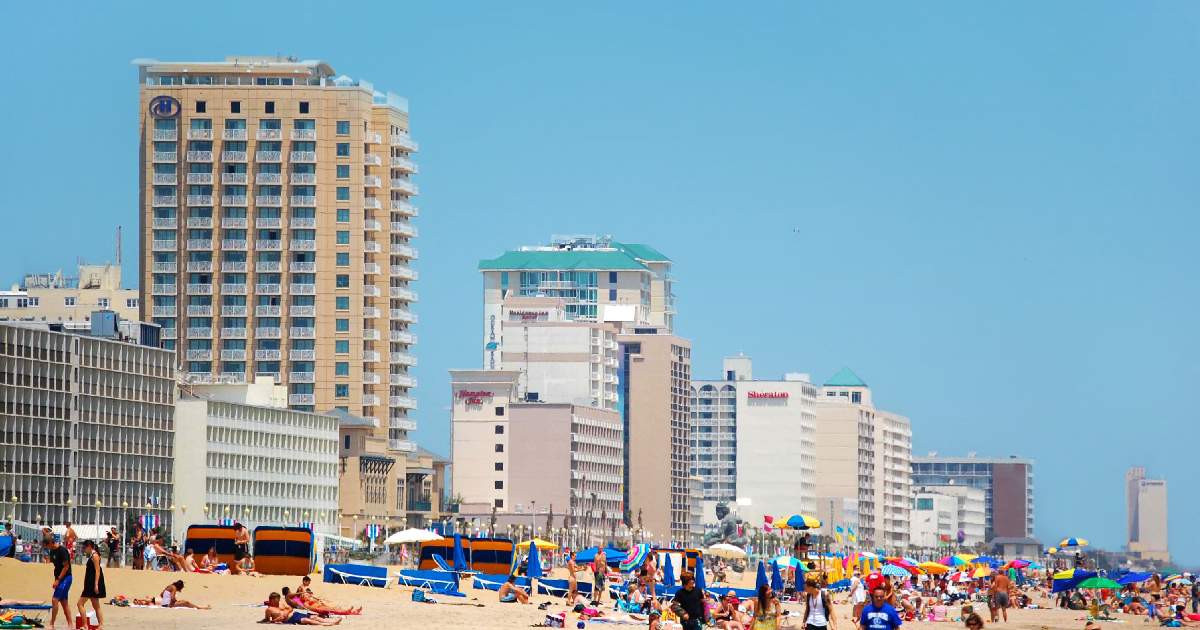
- Population: 455,618
- Area: 497.02 square miles
- Key Features: Coastal city, thriving tourism, military presence
The largest city in Virginia by demographic and geography is Virginia Beach. Tourists travel to this Atlantic Ocean city for its long stretch of sandy beaches, a bustling boardwalk, and attractions that cater to families. Virginia Beach features the world’s largest naval services at Norfolk.
Homeland Security, the farming industry, health care, and property sales make up Virginia Beach’s economic growth, besides tourism. The city’s big footprint and low density of residents make it ideal for people seeking modern amenities and comfortable living. Virginia Beach ranks as one of Virginia’s most vibrant communities, with an average family revenue of $76,610 and a median resident age of 37.2..
Conclusion
Virginia cities in the entire territory of Virginia are lively, diverse, and strongly based on history, tradition, and business despite their fresh look. From the buzzing coastline of Virginia Beach to the tranquil highland sanctuary of Roanoke, every city exhibits a distinctive style and energy. Apart from achieving vital contributions to the state’s glorious history, these biggest cities also serve as leaders in every aspect of business, amusement, and innovation.
Frequently Asked Questions (FAQs)
What is the biggest city in Virginia by population?
The biggest city in Virginia by population is Virginia Beach, with a population of 455,618. It is the most populous city in the state, offering a blend of coastal beauty, a strong military presence, and a thriving tourism industry, making it one of Virginia’s largest and most dynamic urban areas.
What is the nicest city in Virginia to live in?
Many consider Alexandria one of the nicest cities to live in Virginia due to its historic charm, proximity to Washington, D.C., and high median household income of $100,939. Its well-preserved architecture, vibrant cultural scene, and waterfront lifestyle make it a sought-after location for families and professionals.
What city in Virginia has the highest cost of living?
Arlington has the highest cost of living in Virginia, largely due to its proximity to Washington, D.C., and its affluent population. With a median household income of $122,000 and a dense urban environment, Arlington is home to many government contractors, professionals, and high-income residents, contributing to its elevated living costs.
Is Virginia Beach the largest city in Virginia?
Yes, Virginia Beach is the largest city in Virginia, both by population (455,618) and area (497 square miles). Known for its expansive beaches, military installations, and vibrant tourism industry, Virginia Beach stands out as the state’s most populous and geographically expansive city.
How safe is Virginia compared to other states?
Virginia is considered relatively safe compared to other states, with many of its cities, including Virginia Beach and Chesapeake, ranking high in safety. While crime rates can vary between urban and rural areas, Virginia overall maintains lower crime rates than the national average, contributing to its appeal as a family-friendly state.

